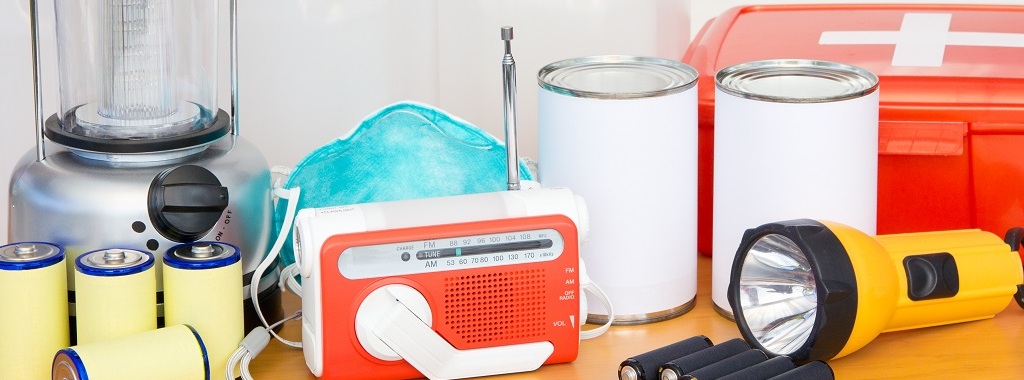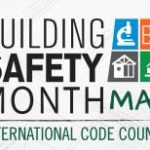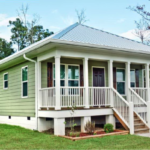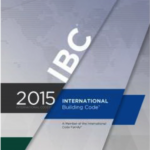This week’s blog was written by Branch Engineer Randy Shackelford, P.E., who has been an engineer for the Simpson Strong-Tie Southeast Region since 1994. He is an active member of several influential committees, including the AISI Committee on Framing Standards, the American Wood Council Wood Design Standards Committee, and the Federal Alliance for Safe Homes Technical Advisory Committee. He is vice-president and member of the Board of Directors of the National Storm Shelter Association. Randy has been a guest speaker at numerous outside seminars and workshops as a connector and high wind expert. Here is Randy’s post:
In my last blog post, I gave an overview of FLASH, the Federal Alliance for Safe Homes, and how Simpson Strong-Tie partners with them. Last November, FLASH held their Annual Conference. The theme of this past meeting was “15 Years of Stronger Homes and Safer Families,” and it was one of their best conferences yet.
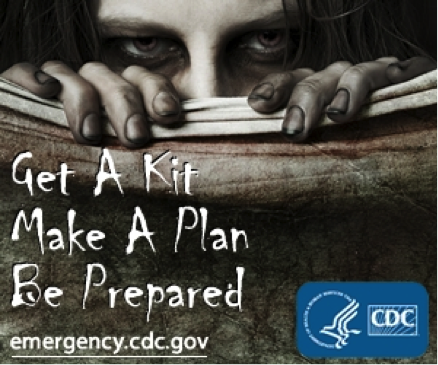
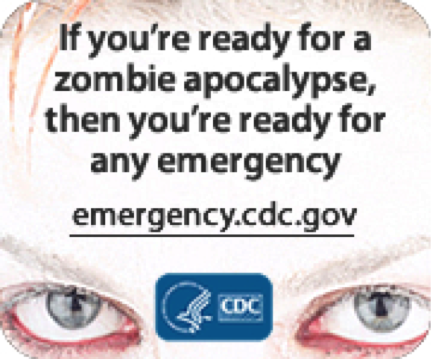
One of the highlights of the conference was a viewing of the Center for Disease Control’s unique Zombie Apocalypse campaign. The idea is that preparing for disaster is very much like preparing for a zombie attack. While it was fun, it was also educational because it tied into FLASH’s mitigation methods too.
A very interesting panel on the first day of the conference dealt with how members of each generation handle things differently. A panel of Baby Boomers and Millennials (Generation Y) highlighted the fact that different generations had different ways of doing the same thing.
See the link below for an interesting summary of Baby Boomers, Gen X and Gen Y:
One highlight of the first afternoon of the conference was the RenaissanceRe Challenge. The challenge involved two teams of university students who had a chance to present their idea for projects to help Florida citizens confront wind events. The winning team of the challenge would receive a $20,000 scholarship. The team from Florida International University presented their idea for “Aerodynamic Intelligent Mitigation.” This consisted of a retrofittable element that is placed around the edges of a roof that has been proven to reduce uplift forces on the roof. Meanwhile, the team from the University of Florida, the Miti-Gators, countered with their idea for a cell phone “app” that would evaluate the wind resistance of a house. The idea would be that any prospective homebuyer could evaluate a home they were considering purchasing to see how wind resistant it would be compared to other homes. This is important because in Florida, 70% of homes were built before the Florida Building Code was adopted. In the end, the Miti-Gators won the scholarship.
Being a building-code nerd, the definite highlight of the second day was the panel discussion about building codes. Here are some of my favorite key takeaways:
Codes:
- The building code is the first opportunity to ensure that buildings are built properly. Mitigation is the second opportunity.
- Legislators need to mandate adoption, consumers need to demand use, enforcers need to ask for adequate funding, and builders need to understand.
- So little attention is given to building departments and enforcers, more attention is given to the fire department and local police.
- Building codes originated due to disasters. We need to change the purpose of codes from safety to resiliency. We need to worry about what will happen to the building stock for years to come, not just the first cost today.
- The insurance industry has found that where codes are scientifically sound, consistently enforced, and implemented across communities, the return in investment in building codes is large.
- Building codes are one of the cornerstones of effective mitigation. There are not many other places where you can make a change that will have an effect in perpetuity.
- Building codes are an expression of society.
- Building code adoption is the battle between making buildings safe and the increased costs to the builder and developer. The builder does not get the long-term benefits that the owner does.
Politics:
- The 800 pound gorilla is public policy: The risks people face are being masked by pandering politicians. Public policy interferes with the message that people need to understand their risk. The way to help people understand their risk is through the marketplace setting rates for insurance.
- A distorted market deprives consumers of proper pricing signals that can encourage dangerous behavior.
Preparedness:
- Preparedness will not become a part of society until it is profitable
- The difference between natural hazards and natural disasters is that nature causes the hazard, and human behavior causes the disasters.
- Education of the public is the answer. Owners must be taught to overcome the thought that “This natural disaster MIGHT happen, but I know that if I spend the money to prepare now it WILL cost me, so I’ll take the risk.”
- People need to understand that “Disasters don’t just happen to the other guy.”
Finally, in the conclusion, “Building codes work; they save lives; stay the course; we’re making a difference.”
I couldn’t have said it better my self.

